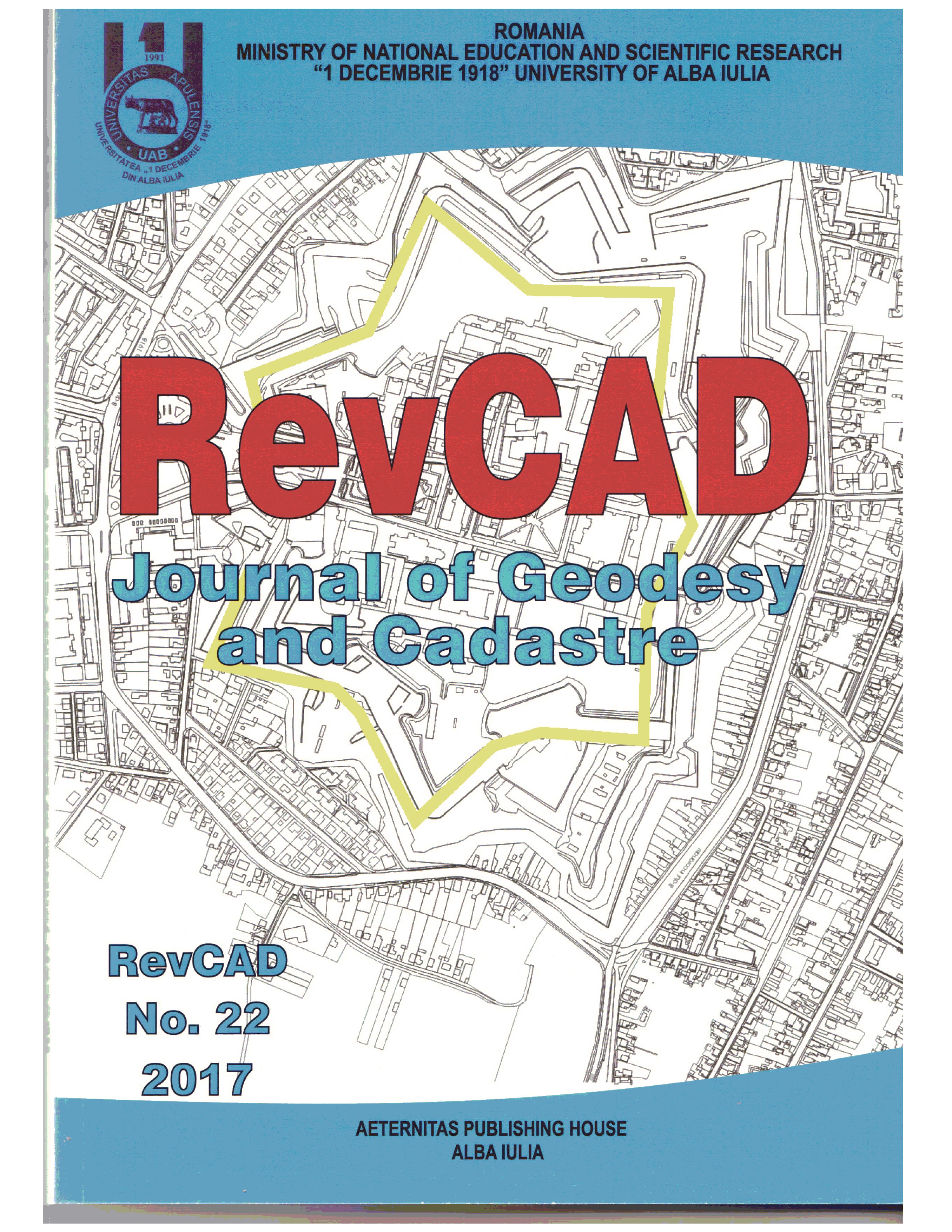Digital Surface Models derivation from Airborne Laser Scanning Data
Digital Surface Models derivation from Airborne Laser Scanning Data
Digital Surface Models derivation from Airborne Laser Scanning Data
Author(s): Ana Maria Loghin, Ion Giurma, Valeria Ersilia OnigaSubject(s): Agriculture, Energy and Environmental Studies, Geomatics, Maps / Cartography
Published by: Editura Aeternitas
Keywords: LiDAR technology; Digital Surface Model; DSMmax; DSMmpl;
Summary/Abstract: Within a time frame of only two decades, LiDAR technology has become a very important surveying method, that provides reliable geo-spatial information, being used in many scientific domains of activity, like: production of digital surface and terrain models, forest management and monitoring, corridor mapping, cultural heritage.In contrast to the Digital Terrain Model, describing the elevation of the ground surface, the Digital Surface Model represents the surface which can be seen from an acquisition platform. Over time, there were developed many algorithms for Digital Surface Models derivation from airborne laser scanning (ALS) data. Some of them are based on DSMmax, containing the highest points within a defined raster cell, that has some disadvantages: in case of low point densities, it can contain void pixels and, in case of inclined smooth surfaces, it can show an artificial roughness. In order to obtain an improved DSM, the disadvantages of the DSMmax, are reduced by using an interpolated grid, DSMmpl, containing heights based on moving planes interpolation.For the present case study, the Digital Surface Model of “Neubacher Au” area, located in Lower Austria was derived, based on a combination of two products, previously determined: the DSMmax and the interpolated grid DSMmpl. This algorithm is implemented in the scientific software package OPALS (Orientation and Processing of Airborne Laser Scanning data). For this test site, ALS data with a point density of 57 echoes per m2 are available. Compared to the traditional DSM of the study area, the derived combined DSM offers a better visualisation of the territory, being better used in forestry applications.
Journal: RevCAD Journal of Geodesy and Cadastre
- Issue Year: 2017
- Issue No: 22
- Page Range: 141-150
- Page Count: 10
- Language: English

